By Edward P. Beck
The Ardennes Forest in eastern Belgium seemed almost surreal in the last days of autumn 1944, a quiet backwater in a raging storm. Through the ancient northern European forest, running for nearly 80 miles, was a section of the front lines known to Allied soldiers as the “Ghost Front.” Here exhausted divisions, bled white by battle, came to recoup their strength and prepare for the next drive against their tottering German foe. It was also a relatively safe place for new divisions to gain a measure of much-needed experience in the dreadful art of war before being thrown into the cauldron of battle. The forest itself was deep and dark, spread over a rugged landscape broken by jagged ravines and steeply banked, swiftly flowing streams. Scattered through the woods were whitewashed farming villages surrounded by rolling fields. Unlike larger Belgian towns such as Brussels, most villages had existed unchanged for centuries. Major roads were paved, but many secondary roads remained narrow dirt tracks that wound forlornly through the forest.
Adding to the ghostly sense of isolation was the brutal weather, which tested the endurance of both veterans and newcomers. Freezing rain penetrated all layers of clothing, reaching down to the very bone, and pelting, stinging sleet burned into the men’s exposed skin. A thick, caking mud added weight to each laborious step and grasped all vehicles in its gooey grip. The heavy blanket of fresh white snow covering the forest, sometimes lightly falling, sometimes whipped by blizzardlike winds, hindered all movement, and the slow, plodding steps quickly exhausted the encumbered soldiers.
An eternal grayness created a sense of constant gloom. The short, wintry days ended quickly, giving way to endless hours of dark, monotonous cold, and ever-present clouds of ghostlike fog crept slowly over the landscape, blocking all sight. To make matters worse, the swirling winds carried sounds from every direction that bedeviled the inexperienced soldiers with visions of skulking German sharpshooters and the steady, low rumble of enemy armor on the move.
Such was the Ardennes on December 15, 1944. The uneasy quiet was shattered early the next morning when German artillery unleashed a deluge of shells on the American positions. Heavy, accurate, and concentrated, the shelling destroyed much of the communications in the front-line areas and put the Americans on painful notice that they were the object of an impending assault. No one yet knew the sheer vastness of the attack, each unit believing it to be merely a limited local action. But as the GIs stared through the fog and snow, they began to see enemy forces moving toward their positions in staggering numbers. It was the beginning of Operation Herbstnebel (Autumn Fog), and it represented nothing less than Adolf Hitler’s final roll of the dice in World War II.
The center of the Allied front line was located approximately 15 miles to the east of Bastogne, along the Our River, and was held by the vastly overstretched 110th Infantry Regiment of the 28th Infantry Division. The division had suffered greatly in the fierce fighting in the Hürtgen Forest a few weeks earlier and was in the process of resting and refitting. Although back up to strength, the ranks were filled with many officers and men who had never seen combat. The 10 miles of front lines held by the 110th Regiment consisted of a series of occupied villages blocking key road exits from the rugged Our River valley. Various artillery and tank companies attached to the regiment supported the defensive positions. No continuous line connected the separate villages—the regiment was stretched too thin. The resulting gaps had to be constantly patrolled. Along the Our River, only a thin outpost line was manned during daylight hours and then withdrawn at night. Control of this defensive network rested with the 110th Regimental headquarters, located in the ancient and picturesque town of Clervaux, situated astride the twisting Clerf River.
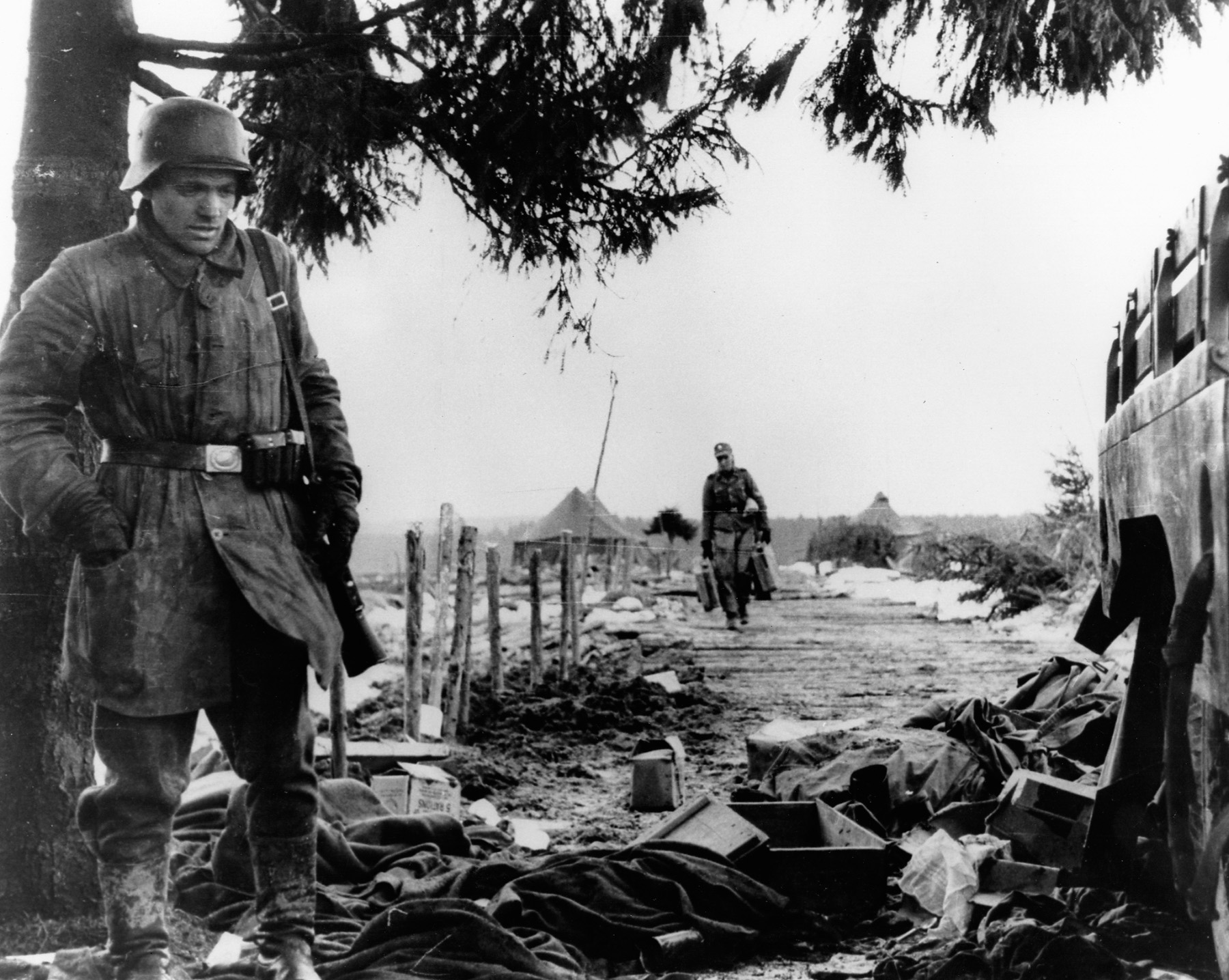
The American forces were not sufficient to withstand the overpowering enemy force arrayed against them. Directly opposite the 110th were two German panzer divisions and a reinforced infantry division. The 2nd Panzer Division’s armored strength consisted of 27 Mark IV tanks, 58 of the dreaded Mark V Panthers, and 48 armored assault guns. The famous Panzer Lehr division had 57 tanks, augmented with two battalions of tank destroyers and an assault gun brigade. The 26th Volksgrenadier division numbered 17,000 men and had been bolstered by the attachment of 42 75mm antitank guns, which greatly increased its striking power. These units were part of the 5th Panzer Army commanded by Baron Hasso von Manteuffel, one of few German generals who dared to disagree openly with Hitler. Consisting of four infantry and three panzer divisions, its objective, after smashing through the front lines, included seizing the key crossroads village of Bastogne and then driving to the Meuse River some 50 miles west. In the grand scheme of things, Manteuffel would then move on to capture Antwerp, a key port on the North Sea.
Only Hitler and a handful of his most ardent supporters could foresee such a successful outcome of the battle. Most of the German commanders, including Manteuffel, recognized the desperate situation Germany faced, with huge Russian armies pressing from the east and American and English forces advancing from the west. They had more limited expectations and a different definition of success. To hope to drive all the way to Antwerp, as Hitler did, splitting the Allied forces and compelling them to sue for a separate peace, was a ridiculous flight of fantasy, the product of a delusional mind. The German commanders were professional soldiers and knew well the unlikelihood of the Führer’s grandiose scheme. Some voiced private reservations, thinking it wiser for Germany to husband her meager resources to defend the homeland. However, after the attempted assassination of Hitler in July and the subsequent “cleansing” of the German officer corps, few spoke out openly in opposition to Hitler. Besides, being soldiers, they had no choice but to obey their orders and do everything in their power to achieve results. Privately, however, most German commanders hoped merely to buy some time by inflicting a limited if surprising defeat on the Allied forces in the Ardennes.
Despite such misgivings, German morale was high on the day of the planned offensive. Overwhelming force had been carefully husbanded and brought to bear, the cloudy weather was expected to ground Allied planes for an extended period of time, and the prospect of defeat, at any rate, was too dismal to contemplate. Field Marshal Gerd von Runstedt’s pre-attack message, read to all German troops immediately before the great offensive was launched, concluded with the portentous phrase, “We gamble everything.” Everyone understood that the stakes were high—victory was the only option.
The attack began at 6:15 am, and the men in 110th Regiment fought heroically to defend their village strongholds. Hosingen, atop the strategic ridge nicknamed Skyline Drive, was surrounded by troops from the German 77th Regiment, who had moved up unseen during the artillery barrage. The garrison surrendered only after all its ammunition was exhausted. In the village of Consthum, fierce house-to-house fighting developed and raged deeper into the village as the overwhelming strength of the attackers was brought to bear. Only after a circling movement threatened to cut the defenders off completely was a withdrawal ordered. In Clervaux, German tanks began prowling the narrow streets on the evening of the 17th. Elements of the regimental headquarters retreated to the ancient castle, where they held out until their ammunition was expended. In all, the 110th Regiment suffered 2,750 casualties. Virtually the entire regiment was lost.
By dusk of December 16, Supreme Allied Commander Dwight D. Eisenhower had become concerned enough over the scope of the German assault to order two U.S. armored divisions, the 7th from north of the Ardennes, and the 10th from Lt. Gen. George S. Patton’s army to the south, to move immediately toward the threatened area. Combat Command B, an armored regiment of the 10th Armored Division, was deployed in front of Bastogne to contest the German advance.
Massive traffic congestion slowed the German drive westward. Mud was as much their enemy as the Americans. Moving massive columns of men and equipment along the limited road network through a heavy, snow-covered forest proved exceedingly difficult, particularly when some of the roads were not paved and the mud became deeper with each passing vehicle. Delay piled upon delay. On the evening of December 17, through intercepted radio messages, the German command discovered that two U.S. Airborne divisions had been ordered to Bastogne. The urgency to move quickly became apparent.
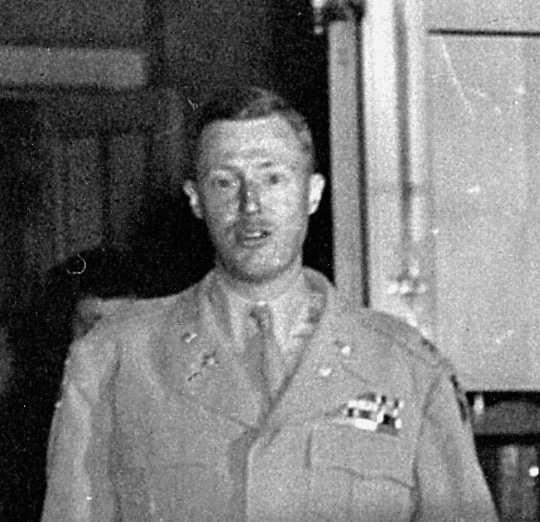
But even the well-known German predilection for timetables and schedules could not overcome the mud, the terrible roads, and the unexpected stubbornness of the isolated pockets of American defenders encountered along the village line. Every German soldier knew only too well that as soon as the skies cleared the Allies’ dreaded air power would be brought to bear against them. Time was their enemy. To move slowly, for any reason, courted defeat.
Maj. Gen. Troy Middleton, commander of the U.S. VIII Corps headquartered in Bastogne, quickly realized that the German juggernaut would soon break free of the entanglements along the forward defenses and head straight for the village. Help was on the way, but immediate, short-term prospects were dim. Middleton had only three combat engineer battalions, elements of the 9th Armored Division’s Combat Command R, and an armored field artillery battalion with which to oppose three full German divisions. Combat Command B (CCB) of the U.S. 10th Armored Division was approaching Bastogne and would arrive sometime late in the day on December 18. On the night of the 17th, Middleton got the welcome news that the two airborne divisions had been transferred to his control and were on their way. The 82nd Airborne subsequently was redirected to face the rampaging 1st SS Panzer Division farther north, but the 101st Airborne was tearing east toward Bastogne with all dispatch.
The Clerf River lay anywhere from three to five miles west of the original front lines along the Our River; its course roughly paralleling the Our. Only two roads emerged from the rugged river valley, and by morning of December 18 both were heavily clogged with elements of three German divisions striving to break free of the congestion and reach the main highways leading to Bastogne. The road leading from Clervaux rose from the valley and joined the main highway to Bastogne (Highway N12) at the road junction of Antoniushof. The other major road rose from the village of Drauffelt, located on the Clerf River three miles south of Clervaux. Five miles west of Drauffelt, the road forked, and a secondary road lead north to Highway N12, joining it at the road junction of Fe’itsch. The other branch of the road ran eastward and eventually connected to the same main highway at the village of Mageret, passing to the south of Longvilly.
CCR of the 9th Armored Division had never been in combat. It consisted of a battalion of M4 Sherman 75mm tanks, a battalion of armored infantry, a battalion of self-propelled 105mm artillery, a company of self-propelled tank destroyers, a company of armored engineers, and an antiaircraft company featuring halftracks mounted with .50-caliber machine guns. The three infantry companies had a various assortment of halftracks for transportation and were mounted with a variety of support weapons.
On December 17, Middleton ordered the 158th Engineer Battalion to form a screen protecting Bastogne running from the village of Foy to the northwest through Bizory and ending at Neffe. He also ordered CCR, under Colonel Joseph H. Gilbreth, to establish two blocking positions along the road leading into Bastogne from the east at points where the roads from Clervaux and Drauffelt connected with the main highway. Gilberth’s force moved on the 17th and set up the roadblocks by nightfall. One was located at the road junction of Antoniushof, 12 miles northeast of Bastogne, the other at the road junction of Fe’itsch, eight miles from Bastogne on the same highway. It was expected that the Germans would soon close on the highway via the roads leading to it from the east, once they had cleared the forward defensive positions and emerged from the Clerf River valley.
The area around these two positions was uncharacteristic of the Ardennes. The ground was open and rolling, lacking the heavy woods and deep ravines found in many areas. To the defenders’ chagrin, they discovered that only two or three buildings occupied each site, affording precious little cover for their tanks. Around Antoniushof, Task Force Rose established one defensive position. Named for the commander on the scene, Captain Lawrence K. Rose, the force consisted of his company of Sherman tanks, a company of armored infantry, and a platoon of armored engineers supported by a battery of self-propelled artillery.
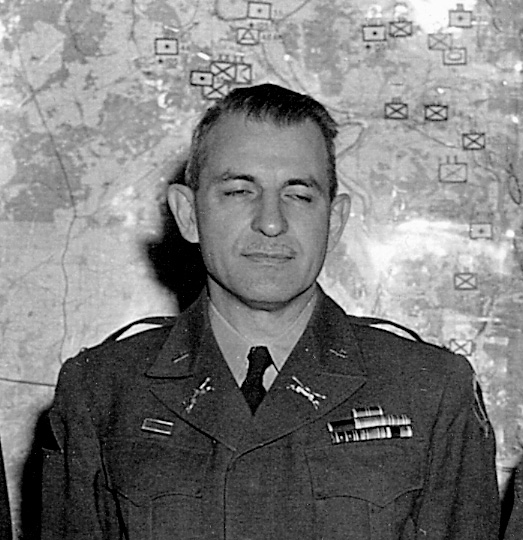
The defenses of Fe’itsch fell to Task Force Harper, Lt. Col. Ralph S. Harper commanding. His force consisted of a company of Shermans and a company of armored infantry, and was supported by two batteries of self-propelled artillery located near the village of Longvilly, two and a half miles to the southwest. Also at Fe’itsch were 10 officers and 100 men of the 110th Regiment, who somehow had survived the forward battles and had made their way westward to join the defense.
Gilbreth established his headquarters at the village of Longvilly. His remaining infantry company, a platoon of tank destroyers and a platoon of light tanks were placed on high ground overlooking Highway N12 between Longvilly and Fe’itsch. This force fell to the command of Lt. Col. Robert M. Booth, the armored infantry battalion commander, hence its name, Task Force Booth. This force not only shielded headquarters but also provided a defensive screen for the remaining two batteries of self-propelled artillery and an additional armored artillery battalion supporting his command.
The main objective of the German offensive was to cross the Meuse River. To that end, the 2nd Panzer Division was ordered to bypass Bastogne by moving northward around the town. Its route of march took it directly through Antoniushof and Fe’itsch before reaching Longvilly. The defenders of Antoniushof braced nervously for the tidal wave about to engulf them. Stragglers passing through their position freely warned them what was coming their way. By mid-morning of December 18, the procession of stragglers had virtually ceased. Everyone knew what that meant.
German infantry belonging to the Reconnaissance Battalion of the 2nd Panzer Division emerged from the woods east of the American position and made two attempts to close on the defenders, but each time they were driven back by accurate artillery fire. The situation changed drastically around 11 am, when German armor began arriving on the scene. By early afternoon two battalions of German tanks had arrived—a coordinated assault was not long in coming. The attack by German Panzergrenadiers and the heavy fire of the tanks quickly drove the American infantry company from their positions and sent them reeling down the road toward Fe’itsch. A flanking movement by German tanks drove off the supporting American artillery as well. This left only the company of Sherman tanks commanded by Rose to face the full brunt of the 2nd Panzer Division’s determined attack.
The outcome was inevitable. Seven American tanks were quickly knocked out as the Germans pressed their attack. Saturating the American positions with white phosphorus, the Germans eventually surrounded the American armor and drove them from the road junction. With the junction now firmly in German hands and traffic flowing freely through it, Rose ordered a breakout attempt to the northwest. Five tanks and his assault- gun platoon broke free, but collided with elements of the German 116th Panzer Division 10 miles north of Bastogne. Only a few vehicles and their crews survived and eventually made their way into Bastogne.
Passing Antoniushof, the 2nd Panzer Division reached the defenses of Fe’itsch and Task Force Harper late that afternoon. Shortly after darkness fell, a coordinated attack by Panzergrenadiers and German armor equipped with brand-new infrared night sighting devices struck the American lines. German tanks raked the roadblock with machine gun fire to clear out the infantry, then charged. Tracer rounds quickly set vehicles and buildings afire, silhouetting the hapless infantrymen and making them easy targets. When Harper was killed the defenses quickly crumbled, the infantry breaking first, followed quickly by the surviving tanks, two platoons of which were destroyed in the fighting. The survivors tumbled back down the highway to the west.
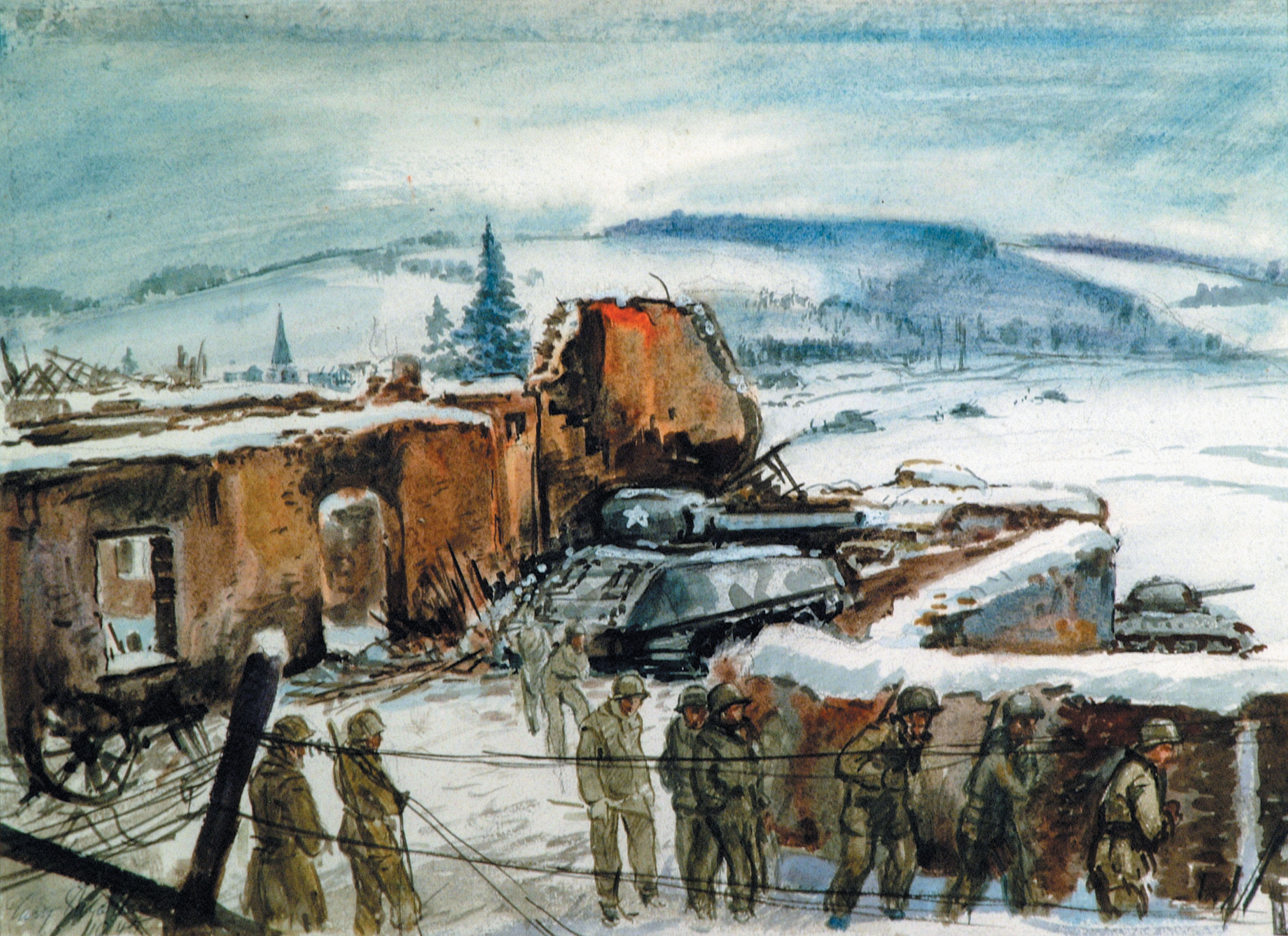
Upon reaching Longvilly, Gilbreth managed to stay the panic and rally most of the survivors. Longvilly was now a scene of massive confusion and turmoil. Stragglers from many units, on foot and in vehicles, spurred on by the wildest of rumors, passed through the village with but one thought in mind—to escape the German tanks. The American artillery located nearby continued to pound away at the approaching Germans, adding their booming thunder to the cacophony swirling through the streets of Longvilly. Fe’itsch had been overrun and the Germans were approaching quickly. The self-propelled artillery was being closely pressed by enemy infantry and armor. At one point, as the fog swirled away, the American tankers found themselves face to face with two German tanks. In the resulting simultaneous exchange of fire, both German tanks erupted in flames.
Adding to the bedlam, lead elements of another American unit were entering Longvilly from the west. This force belonged to CCB, of the 10th Armored Division’s Team Cherry. Under the command of 1st Lt. Edward P. Hyduke, the force consisted of mostly light tanks and armored cars. It reached the edge of Longvilly at about 7 pm on December 18. The young lieutenant, seeing the massive traffic jam in the village, ordered his column to halt and not to become intermingled with the confusion. Lt. Col. Henry T. Cherry, commanding a company of Sherman tanks, two platoons of light tanks, a company of armored infantry, and some reconnaissance vehicles arrived at Longvilly soon after his lead elements. His orders were to hold Longvilly.
About half a mile to the east of Longvilly, a road forked off to the northwest. This was the selected route of the 2nd Panzer Division, leading them toward the villages of Bourcy and Noville, in a northern arch around Bastogne. The defenders of Longvilly were given a reprieve on the night of December 18, when the 2nd Panzer Division did not attack. Meanwhile, Task Force Booth was situated on high ground north of the highway a little over a mile east of Longvilly. Having lost radio communications with Gilbreth’s headquarters, Booth decided to withdraw his small force and attempt to reach American lines somewhere to the west. Moving off to the northwest at dawn on December 19, dodging large German formations, Booth’s luck finally ran out three miles from his starting point, when a large German force of infantry and tanks struck the small column, destroying it. Survivors trickled into Bastogne.
Along the second road leading up from the Clerf River, the German advance on the afternoon of December 18 was gaining momentum. The advance guard and a regiment of Panzergrenadiers from the Panzer Lehr Division finally emerged from the traffic congestion and began moving west. The division commander, Lt. Gen. Fritz Bayerlein, accompanied the lead elements as they pushed off for Bastogne. Bayerlein had been on Field Marshal Erwin Rommel’s staff in North Africa, and he was an aggressive leader who lead his division from the front. His route would have taken him directly into the Fe’itsch fight, which he saw lighting up the night sky to the north of him. But a mile south of the village, he turned onto a secondary road leading west. This road, which turned into a muddy farm lane, joined Highway N12 at the village of Mageret, roughly two miles to the west of Longvilly. Having passed to the south of Longvilly, the German advance force of 15 tanks and four companies of Panzergrenadier infantry in halftracks entered Mageret, three miles east of Bastogne.
Late on the evening of December 18, the Germans encountered a detachment of American engineers, who put up a spirited defense before withdrawing. Team Cherry had passed through a short time earlier in the evening, heading east to Longvilly, and a Belgian civilian informed Bayerlein that the force consisted of 40 tanks plus other vehicles. The road to the west, leading right into Bastogne, a bare three miles away, seemed invitingly open. To continue the advance on Bastogne, however, would mean leaving a large force of American armor in their rear. Bayerlein decided that his advance force was too small to continue forward. Instead, he posted roadblocks on the east and west of Mageret and hunkered down to hold the village until more of his division could be brought up.
A meeting in Longvilly between Cherry and Gilbreth about the placement of Team Cherry proved inconclusive. Cherry had been ordered to proceed no farther than Longvilly. Leaving his command on the western outskirts of Longvilly, he returned to Bastogne to confer with Colonel William Roberts, commanding officer of CCB, 10th Armored Division. Passing through Mageret, Cherry’s jeep was fired upon. Assuming that the fire came from nervous stragglers, he paid little heed, and his driver floored the jeep through the little village. Roberts told Cherry that Longvilly was to be held at all cost and that if the 9th Armored withdrew, Cherry was to cover their retreat.
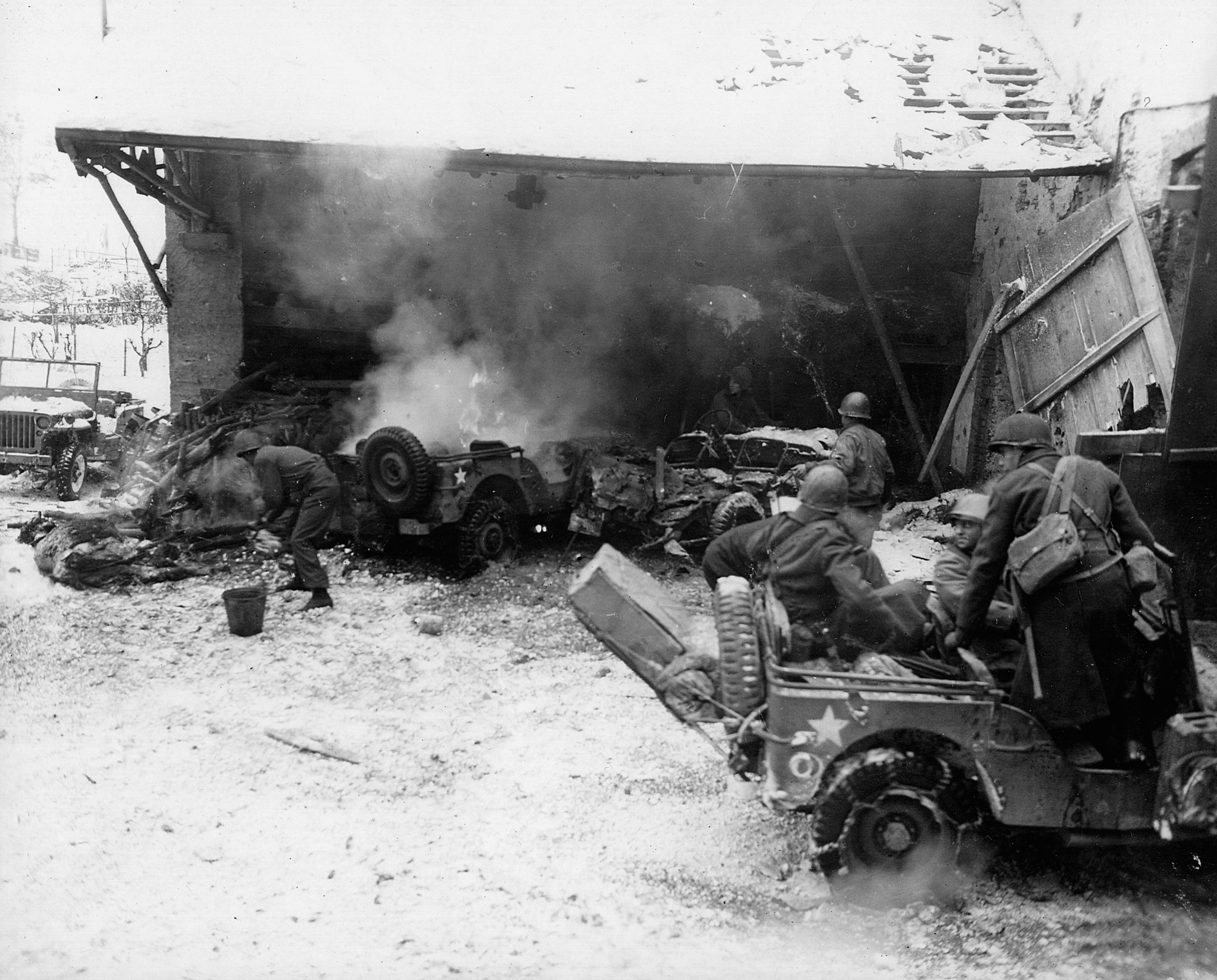
Returning to Longvilly, Cherry got no farther then the village of Neffe, a mile west of Mageret. Here he established his command post and learned that the Germans were in Mageret. Cherry radioed his unit, currently 1,000 yards west of Longvilly, with orders to send out a patrol to Mageret and clean out the Germans. This patrol—a halftrack and some infantry—quickly ascertained the true situation and informed the commander back in Longvilly. Cherry then ordered an attack in force upon Mageret, using his company of Sherman tanks and the company of armored infantry. Leaving the light tanks and reconnaissance elements under Hyduke in a position just south of Longvilly, they now acted as a rearguard while the bulk of his combat team attempted to drive the Germans out of Mageret.
In Longvilly, Gilbreth realized that his position now represented the Allied front line. He ordered all headquarters personnel to withdraw, leaving whatever combat troops that had gathered to form the town’s defense. The combat troops consisted mostly of stragglers and survivors from the two smashed roadblocks, and they were in no mood to be left behind. At the appointed time for the withdrawal, all men and vehicles descended en masse on the western exit of Longvilly. The resulting traffic jam spilled into the roadway to the west, completely blocking its acccess just as Team Cherry was attempting to move on Mageret. Gilbreth halted the confusion by ordering no one else to leave Longvilly until dawn. But enough men had already made it out to create a massive traffic jam when they intermixed with the tanks and halftracks moving the other way.
It was not until mid-morning on December 19 that Team Cherry was finally able to clear the traffic jam and approach Mageret. Advancing on the village, the lead tank was knocked out, blocking the road. Attempts by the infantry to move ahead were turned back by heavy German small-arms fire. The attack got nowhere. Dawn found the rest of the Americans in Longvilly attempting to leave, but they quickly saw that they had no place to go. The road was still clogged with vehicles from the night before, and the Germans still held Mageret. A muddy side road leading to the north was blocked by mired vehicles. The light elements of Team Cherry holding Longvilly began firing on an approaching enemy force.
Two regiments of the 26th Volksgrenadier Division were on the move. One regiment had been ordered to pass through Longvilly, moving to the northwest, and capture the village of Foy, two and a half miles north of Bastogne. Then the regiment was to pivot and enter Bastogne from the north. The other regiment was ordered to cross the highway between Longvilly and Mageret, seize the high ground around the village of Bizory, roughly a mile west and a little north of Mageret, then turn and advance directly on Bastogne. The axis of their advance would carry them right through the stalled American column and Hyduke’s advanced position. Meanwhile, elements of the Panzer Lehr Division were to move in a two-pronged attack, using the roads to the south and west of Mageret. Their objective, too, was Bastogne.
As German infantry began their advance, they immediately came under fire from Team Cherry, now formed in a tight defensive position at Longvilly. The German infantry commanders had been told that Longvilly was in German hands, and some confusion resulted while a new attack was organized. German artillery soon began to fall upon Hyduke’s positions and the clogged highway and mass of stalled vehicles outside Longvilly. Elements of the Panzer Lehr Division joined the attack. Vehicles began burning, and those who could fight back returned fire as best they could.
As German infantry supported by Panzer Lehr armor pressed the attack on Longvilly from the south and east, a detachment of German armor from the 2nd Panzer Division came crashing onto the scene from the northeast to support the attack. Hyduke’s small force could not hope to hold out for long. The swirling fog obscured the opposing sides until they met at close range. Vehicles suddenly flamed and burst into fiery explosions as German artillery pounded the positions. By 3 pm the situation at Longvilly was deemed hopeless, and Cherry ordered Hyduke to withdraw and join the main body of Team Cherry, still battling its way into Mageret. To move over the jammed highway was impossible. German small-arms fire was raking the convoy and vehicles were desperately maneuvering to escape. As Hyduke’s column withdrew, German tank fire continued to destroy his vehicles. One of his tanks was last seen fighting off swarms of German infantry. Finding it impossible to continue with the vehicles, the men disabled them as best they could and escaped on foot. By late afternoon the majority had rejoined the main elements of Team Cherry at Mageret
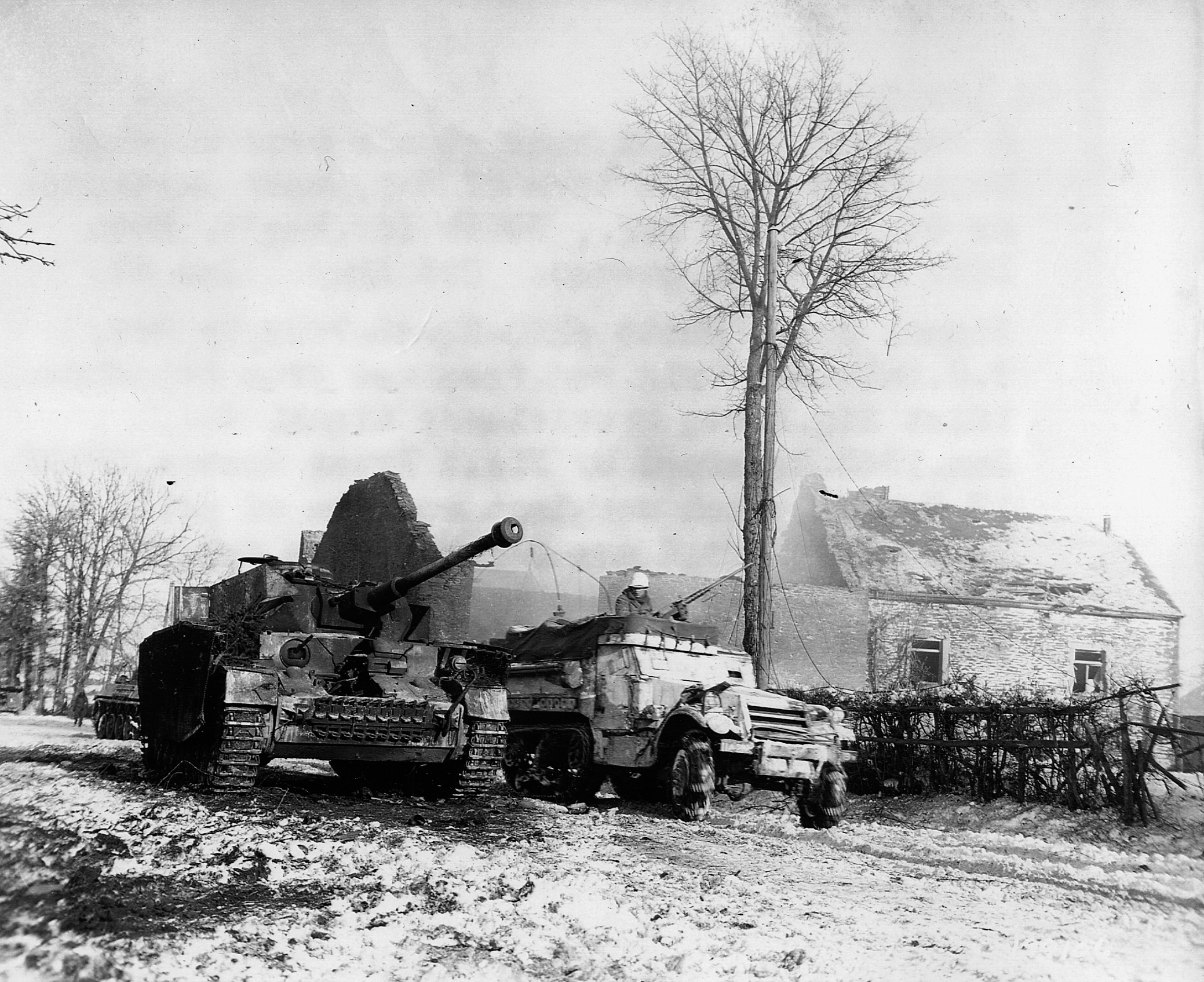
This force, under Captain William F. Ryerson, had battled into the northen part of the village and gained control of a dirt track leading to the west. The Sherman tank destroyed earlier in the day was pushed aside, and parts of the convoy escaped by this route. Others had moved off via the dirt road leading north. Many of the men had long since abandoned the vehicles and had moved off on foot, heading west. Ryerson held on grimly throughout the late afternoon and into the night of December 19. German infantry made repeated assaults against his position, but was turned back by supporting artillery and small-arms fire. Three more vehicles were destroyed when his position was illuminated by the ghostly light of German flares. Finally, just after midnight, Ryerson was ordered to withdraw to the village of Bizory, a mile to the west, which was held by elements of the 501st Parachute Infantry Regiment of the 101st Airborne. Accordingly, at dawn on December 20, he abandoned Mageret. Forty minutes later, with no interference from the Germans, Ryerson’s men entered Bizory.
The ordeal of Team Cherry was not yet over. During the German attacks of December 19, the headquarters of Team Cherry, located in a stout chateau in the village of Neffe, came under fierce attack. German infantry attacked from three sides, often getting to within five yards of the walls before being shot down, while heavy weapons raked the fourth side. Finally, a small group crawled close enough to throw incendiary grenades through the windows, setting the interior afire. A platoon of paratroopers sent to assist the defense found the roof of the chateau aflame. With the place burning down around them, Cherry sent a last radio message to his commander saying that they had been burned out. The fight along the road leading to Bastogne cost Team Cherry 175 men, 17 halftracks, and about the same number of tanks.
Just to the north of Neffe, the screen of engineers ordered to form a last defensive line on the eastern outskirts of Bastogne likewise came under attack. In the ensuing fight the lead tank was knocked out by a bazooka team, and the German force disappeared back into the fog. In the early morning hours of December 19, Colonel Julian J. Ewell, commanding officer of the 501st Parachute Infantry Regiment, was ordered to take his regiment out along the road leading through Neffe and Mageret and to “make contact, attack, and clear up the situation.” Nobody in Bastogne knew what was happening along the road. Moving through thick fog, the regiment was approaching Neffe when it came under fire from German machine guns and tanks—advance elements of the Panzer Lehr Division were already in Neffe. Unable to proceed against German armor, the lead battalion of paratroopers held up and waited for the other two battalions to come up. One battalion was ordered to circle north of Neffe and take Mageret, while the other was ordered to approach Neffe from the south. Both of these attacks were stopped well short of their objectives.
Having met with strong German resistance, it was decided to form a defensive position with the 501st along the high ground leading south from Bizory. Combat Team O’Hara of the 10th Armored fell back from its position 1,000 yards beyond Wardin and tied in with the southern flank, just a little over a mile east of Bastogne. Team O’Hara’s roadblock had been largely bypassed by the Germans moving north around his position. Several tanks had been lost during brief exchanges, but no all-out attack had been made.
The arrival of CCB, 10th Armored Division, had given Middleton a chance to create a ring of defensive positions shielding Bastogne. He had Roberts divide his command into three roughly equal elements on the north, east, and southeast. The force sent north, under the command of Major William Desobry, was directed to occupy and hold the village Noville, six miles north of Bastogne. Unknown to the Americans, Noville lay directly in the path of the 2nd Panzer Division’s assigned route of march.
Team Desobry arrived at Noville at 11 pm on December 18. The darkness prevented an accurate assessment of the area’s defensive possibilities, but three teams were sent out to establish roadblocks on the three roads leading into Noville from the west and north. During the night a flood of stragglers, in vehicles and on foot, passed through the positions. Desobry attached some of the stragglers to his unit—others, being too badly shaken, he allowed to pass on. The flood suddenly ended around 4:30 am, and an eerie silence prevailed. The silence lasted another hour. Then the ominous sound of clanking armored vehicles could be discerned on the Bourcy road, leading east from Noville.
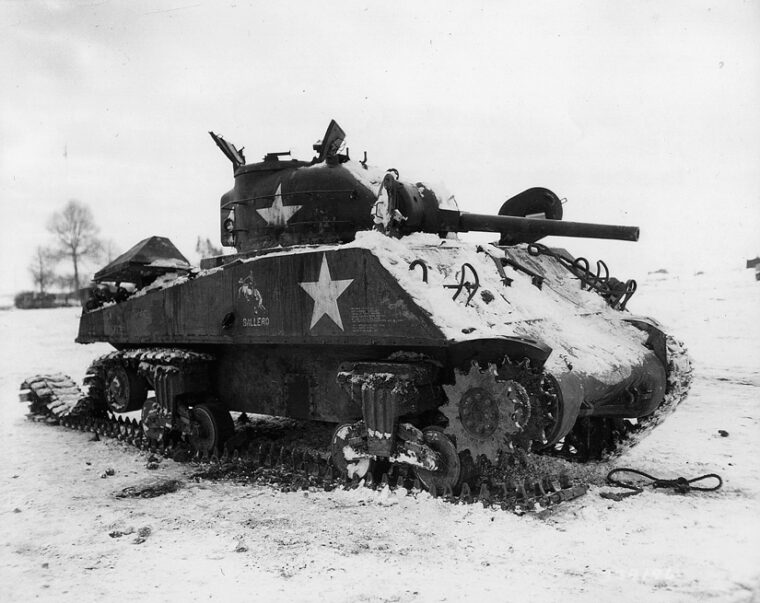
The blackness of the night and the thick fog made positive identification of the approaching vehicles impossible, so the defenders held their fire. When the lead vehicle was near enough, the shouted command to halt arose. Voices speaking German were heard, and a shower of hand grenades from the Americans immediately followed. The German infantry piled out of their halftracks and exchanged point-blank fire with the Americans. For 20 minutes the two sides remained locked in combat, the explosions of grenades and flashes of gunfire turning the night into day. Finally, the Americans broke contact and withdrew back to Noville. The Germans boarded their halftracks and disappeared into the night, returning the same way they had come.
Twenty minutes later fighting flared along the Houffalize road leading to the north. German tanks approached the roadblock and sprayed the area with machine gun fire as two American tanks returned fire. The lead German tank fired six shots in quick succession, destroying both Sherman tanks. The American halftracks began pouring .50-caliber machine gun fire on the enemy, to little effect. The fog was so heavy that enemy muzzle flashes could not be discerned, yet the two sides continued to battle it out. Around 7:30 am, the Americans realized that a flanking attempt was being made on their position, and they withdrew to Noville.
The morning of December 19 found all elements of Team Desobry positioned in Noville, awaiting whatever might roll out of the fog. German artillery began falling on the village, reducing houses to rubble and destroying several vehicles. Then, at about 8:30, two Panzer tanks loomed out of the fog a scant 30 yards from the edge of the village. Both were quickly knocked out by simultaneous fire from American anti-tank weapons. Several small probing attacks on the western edge of the village followed, making no headway. During this time, the sounds of numerous vehicles moving out in the fog could be heard. At 10:30 the fog suddenly lifted and Team Desobry faced a sobering sight. To the right, the left, and the front, the entire area was filled with formations of German tanks. Along the ridge line to the north, 14 German tanks moved to within 800 yards and opened fire on Noville. Other groups of tanks approached to within 200 yards of the western defenses while others moved upon the eastern approaches. Closing in upon them were 50 or 60 German tanks.
Through the swirling fog the battle erupted, the Americans firing every weapon at their disposal. The defenders had been reinforced just before dawn by a platoon of tank destroyers armed with 90mm cannons. Soon, nine of the German tanks along the ridge were knocked out, three erupting in huge explosions. At one point, a German tank reached to within 30 yards of Noville before two direct hits destroyed it. Another reached to within 75 yards. The German infantry had fallen back when the fog lifted, exposing them to small-arms fire and artillery. The American tanks had the advantage of cover from village buildings, while the Germans were out in the open. Shells screamed through the fog and smoke. Tank engines roared as crews sought better firing position, the constant clanking of treads filling the air as the tanks circled each other in a deadly duel. For an hour the inferno raged in and around Noville until the Germans broke off the attack, leaving behind 19 flaming and smouldering heaps.
When the fog lifted, Team Desobry finally could see beyond their defenses. In an arch to the east, north, and west, German forces now surrounded the village on the high ground. Noville burned as German artillery continued to pound the village. Desobry requested permission to withdraw to Foy, a mile closer to Bastogne, a better defensive position. He was told that a battalion of paratroopers had been sent to his aid. Given a choice to stay or withdraw, he decided to stay.
Into this cauldron marched the 1st Battalion of the 506th Parachute Infantry Regiment. Upon their arrival, a counterattack was organized using combined infantry and armored elements to clear the high ground around Noville. Their attack met head-on another attack launched at the same time by the Germans. The Americans advanced grimly and in some places gained the ridges, but were thrown back with heavy losses. The carnage mounted around the village. The paratroopers dug into the frozen ground as best they could and established a defensive line shielding Noville, supported by tanks hidden among the burning buildings. Shortly after nightfall a shell tore into the command post inside Noville, killing Lt. Col. James LaPrade, commander of the 1st Battalion, and severely wounding Desobry.
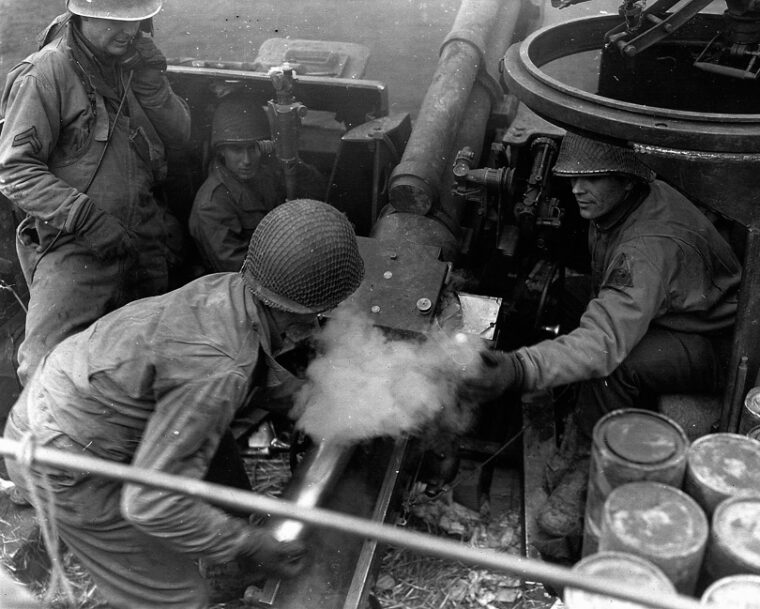
Night brought scant relief. Small German elements, both tanks and infantry, probed the American defenses. Shells continued to fall and Noville continued to burn, the flames muted by fog and smoke in an ever-gathering pall. Dawn brought a renewal of German attacks. Combined tank and infantry assaults rolled out of the heavy fog. The tanks approached slowly, methodically, searching out any place that might hide a bazooka team, their long muzzles carefully sniffing the air. The men of the 506th had no weapons with which to battle the German tanks. Being veteran infantry, they did the only thing they could do—they hunkered down in their holes and allowed the tanks to pass over and through their positions. Then they rose to the edge of their holes and poured a withering fire into the German infantry, taking a heavy toll and stopping their advance. The many fires burning within the town threw an unnatural light over the scene. Through the fog and smoke, the forms of advancing German infantry seemed to waver and dance, blurry and distorted, then disappear into nothingness.
The pattern of attacks was repeated all morning on December 20. Destroyed vehicles littered the streets, dead crewmen lying twisted and torn beside their gutted tanks. Around 10 am the fog lifted. The American commanders had been receiving reports of German tanks and infantry moving south of Noville, attempting to cut the road leading from Foy to Bastogne, their only route of reinforcement or withdrawal. Radio contact with Brig. Gen. Anthony McAuliffe, the 101st Airborne commander now in charge inside Bastogne, had been established, and the order to withdraw came at 1 in the afternoon. German tanks and infantry already had driven the Americans from Foy, and time was quickly running out for the defenders of Noville.
The road from Noville to Foy was a straight line, with open fields on either side. A company of paratroopers led off, followed by four halftracks and five Sherman tanks bearing the 50 or so wounded from the village. The main body then followed, a company of paratroopers supported by four tank destroyers forming the rear guard. American casualties had been so heavy that the surviving vehicles were more than enough for all to ride. All excess ammunition was placed beneath the church steeple and prepared for demolition, the resulting explosion thereby denying the Germans the church steeple as an observation post and forming a roadblock as it crashed to the ground below. Just as the lead elements were about to step off toward Foy, the fog miraculously descended once again, shielding the withdrawal from German observation.
The column moved off and all went well until just before Foy, when the raised steel cover on the lead halftrack flopped shut, blocking the driver’s view. The sudden application of brakes brought the following halftrack crashing into it. At that instant, German small-arms fire from the ditches and a nearby farmhouse raked the lead vehicles. Sorting themselves out, the Americans returned fire, driving the Germans away from the road. The lead halftracks then raced into Foy. German tanks opened fire from somewhere out in the fog and destroyed two of the tanks. A third was disabled by the loss of its driver, but remained operational. The tank platoon commander climbed into the fourth tank and charged through Foy, assuming that the column would follow. Cursing paratroopers mounted the fifth tank, filling out its crew, and destroyed one of the German tanks, the others withdrawing. The Germans broke contact and disappeared into the fog.
Team Desobry lost approximately 400 men, or one half of its strength, along with 11 medium tanks and five tank destroyers at Noville. The 1st Battalion, 506th Parachute Infantry Regiment, lost 199 men and 13 officers. Arrayed against them, the 2nd Panzer Division lost 30 tanks and 600 men. For the Germans, the men and tanks were replaceable—the two days lost were not. Those two days proved fatal for the German timetable. The commander of the Panzer Lehr Division, General Bayerlein, was known to be an aggressive and hard-charging leader. Yet late on December 18, when the road to Bastogne was virtually open, he paused. He paused because Team Cherry was behind him, and when he resumed the advance he ran head-on into the lead elements of the 101st Airborne Division. A mile east of Bastogne his advance stopped. Had the advance continued late on December 18, only an outpost line of engineers would have stood between the Germans and Bastogne, hardly a large-enough force to stop elements of a panzer and infantry division. The lead elements of the 101st would not have been there on the evening of December 18.
The fight to hold Bastogne quickly became the stuff of legend, but without the comparatively unsung series of battles to save the vital crossroads leading into the town, there would have been no position to hold. The Germans would have gotten there first, and the Battle of the Bulge—at least in the short term—would have had a very different outcome.
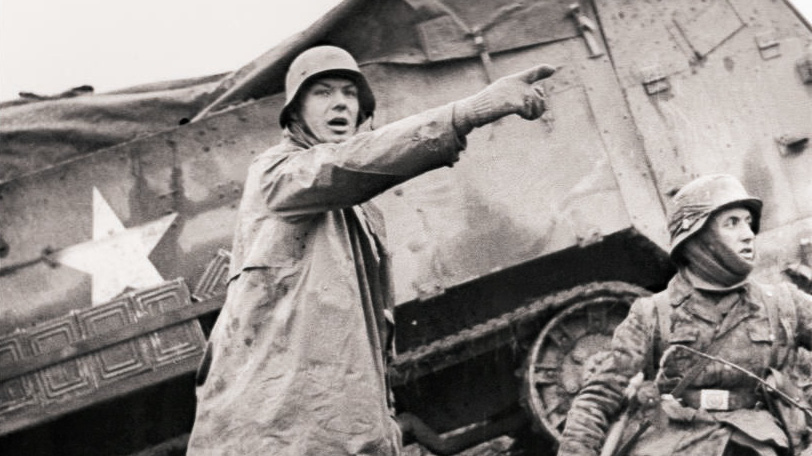

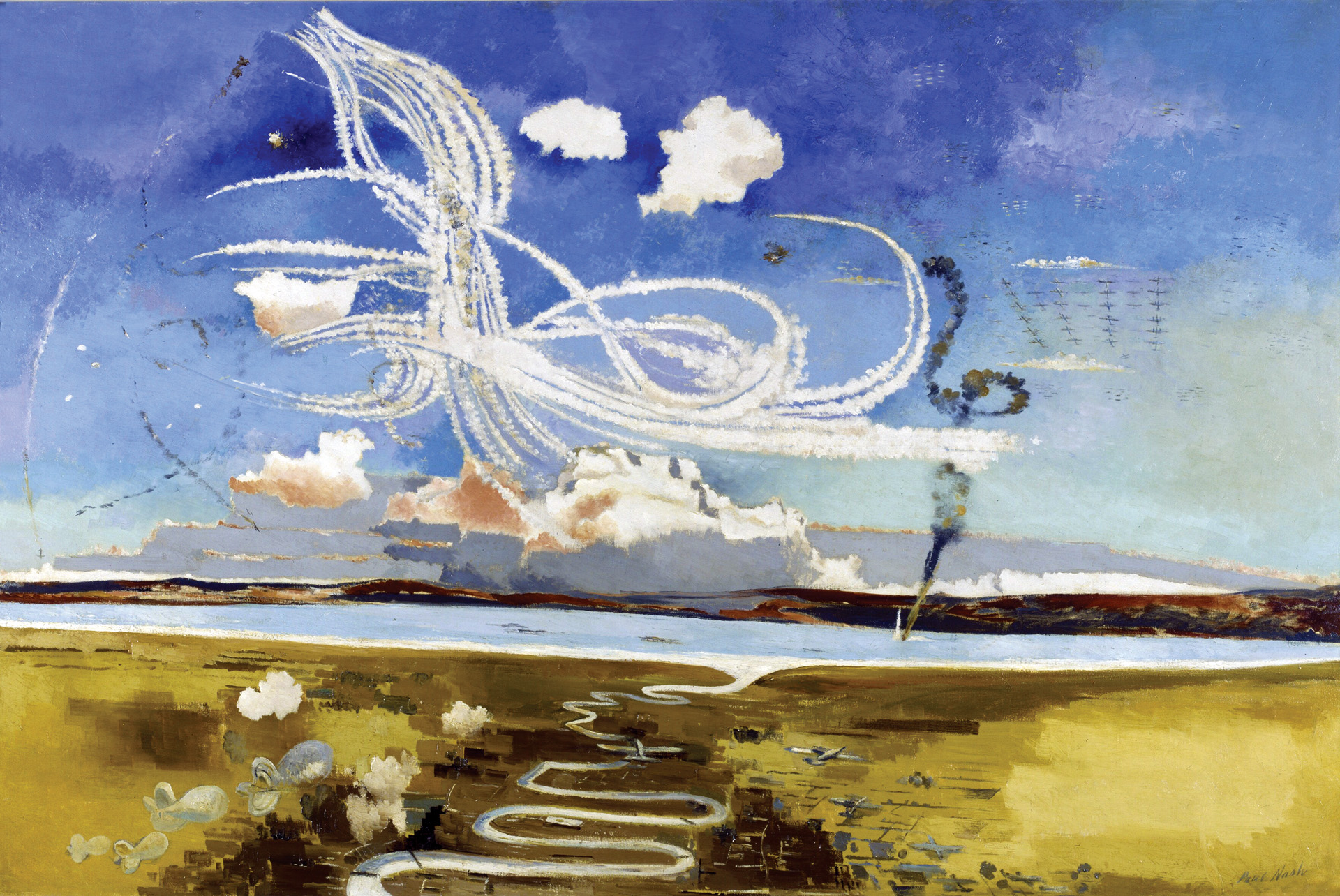

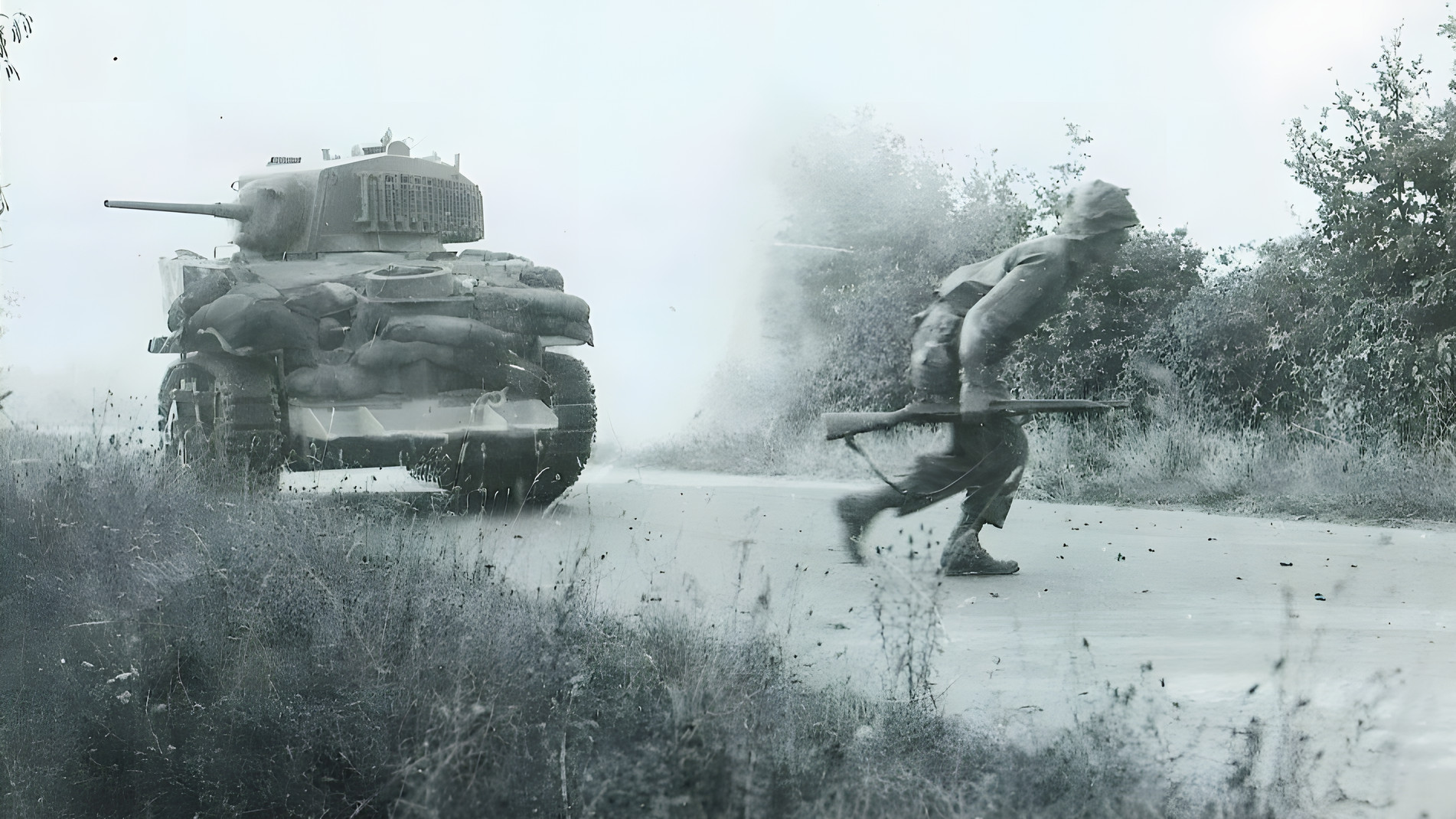

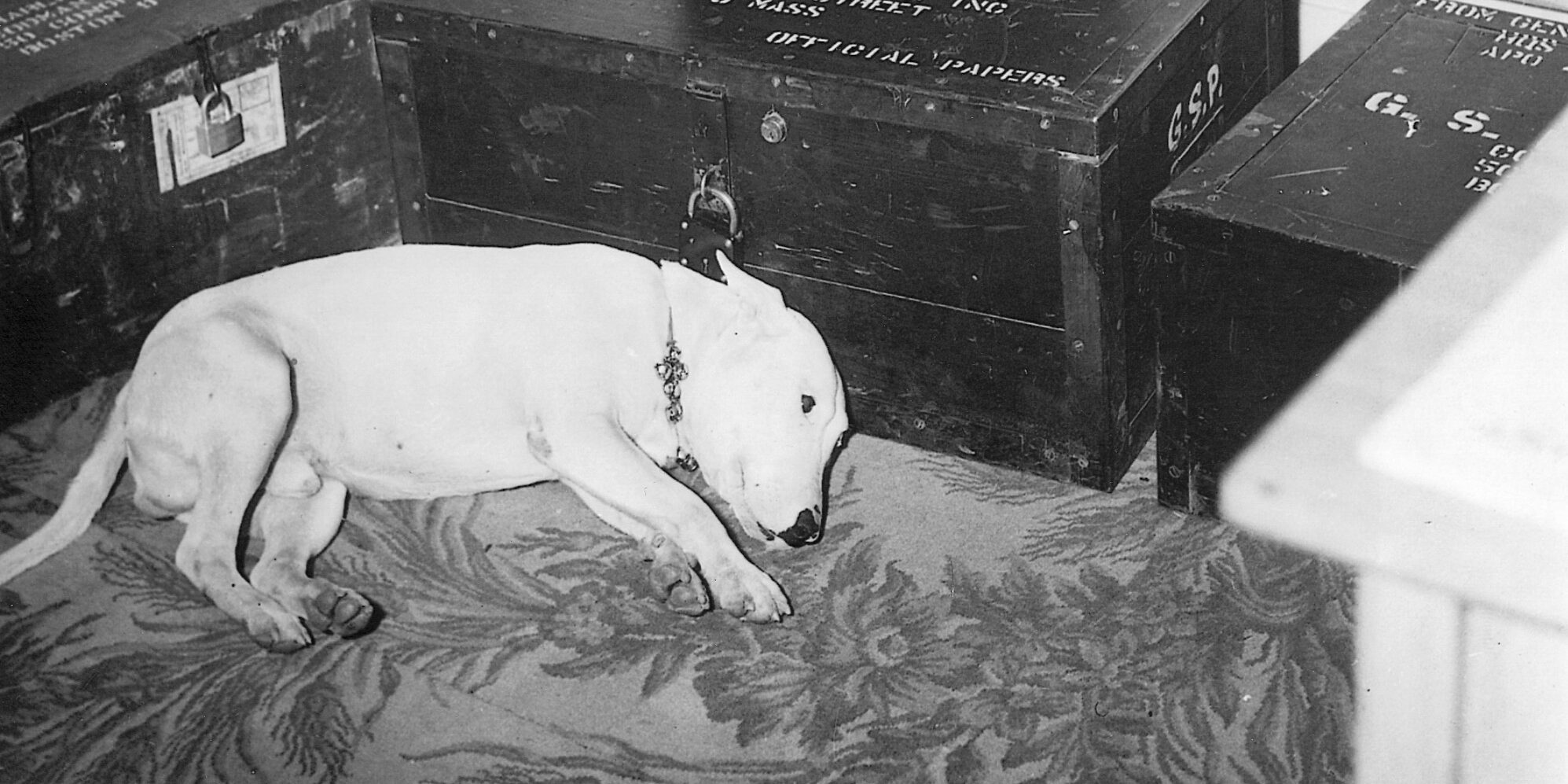
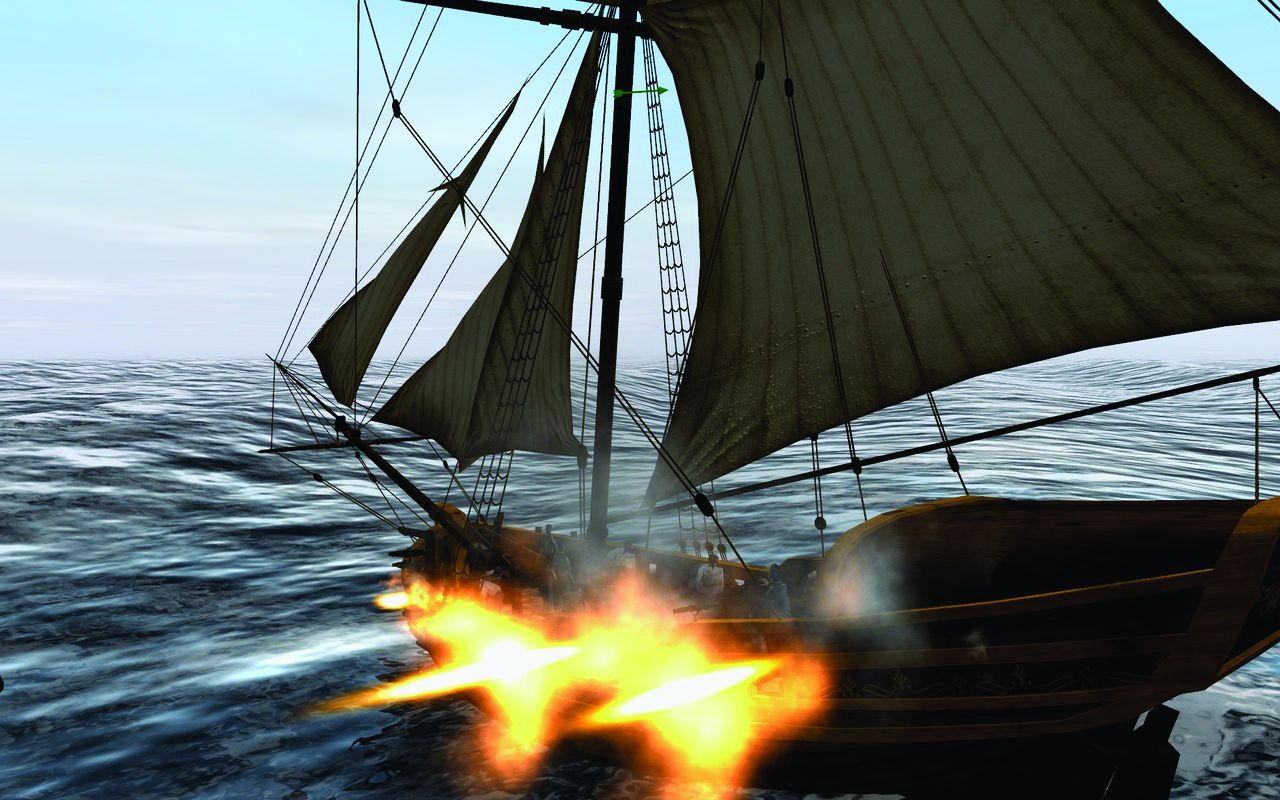

Join The Conversation
Comments
View All Comments